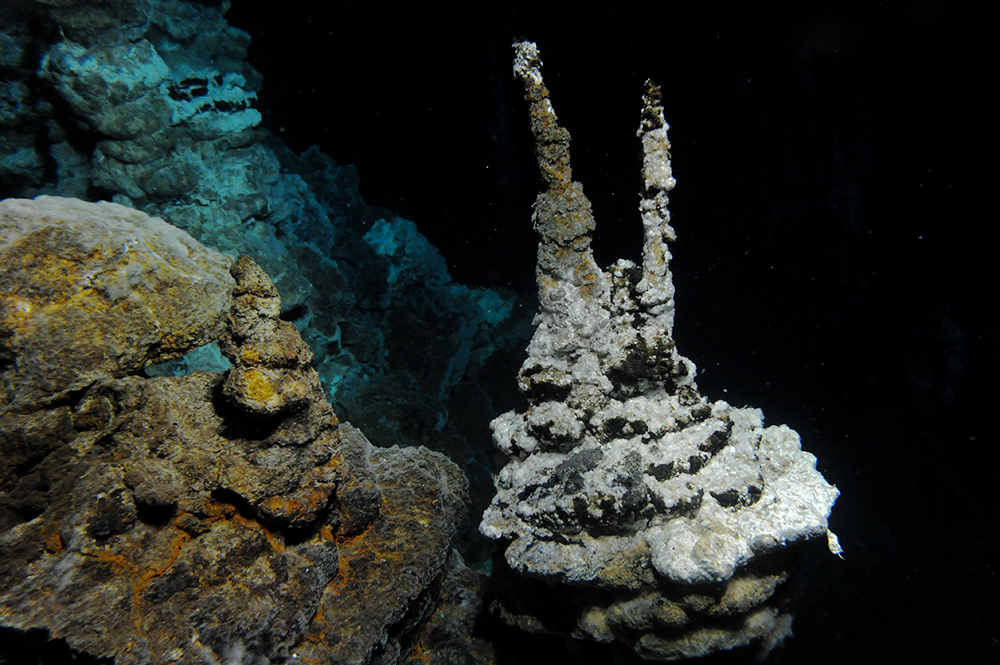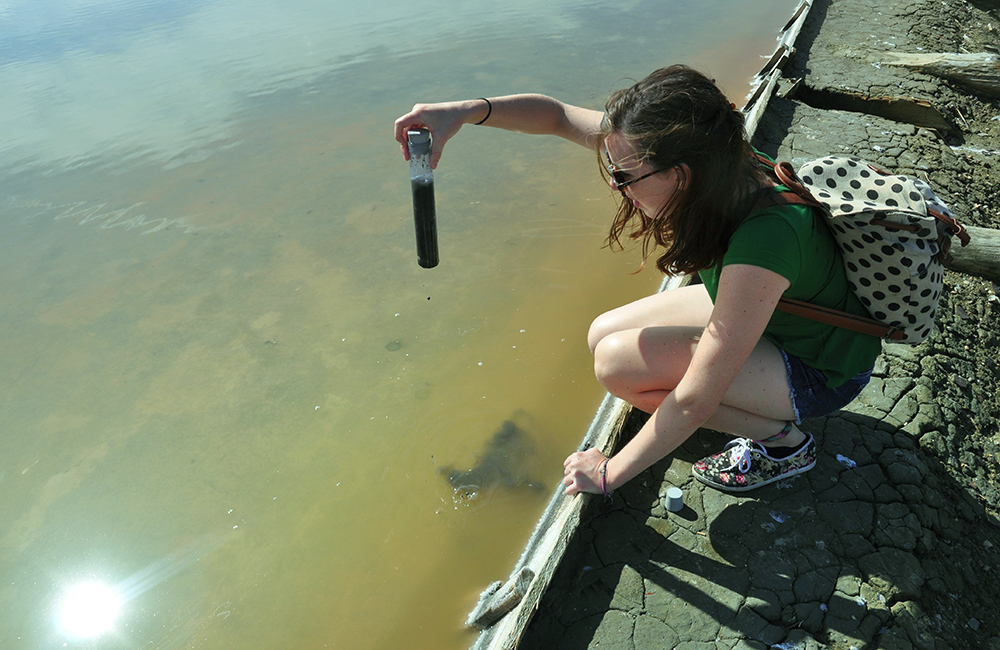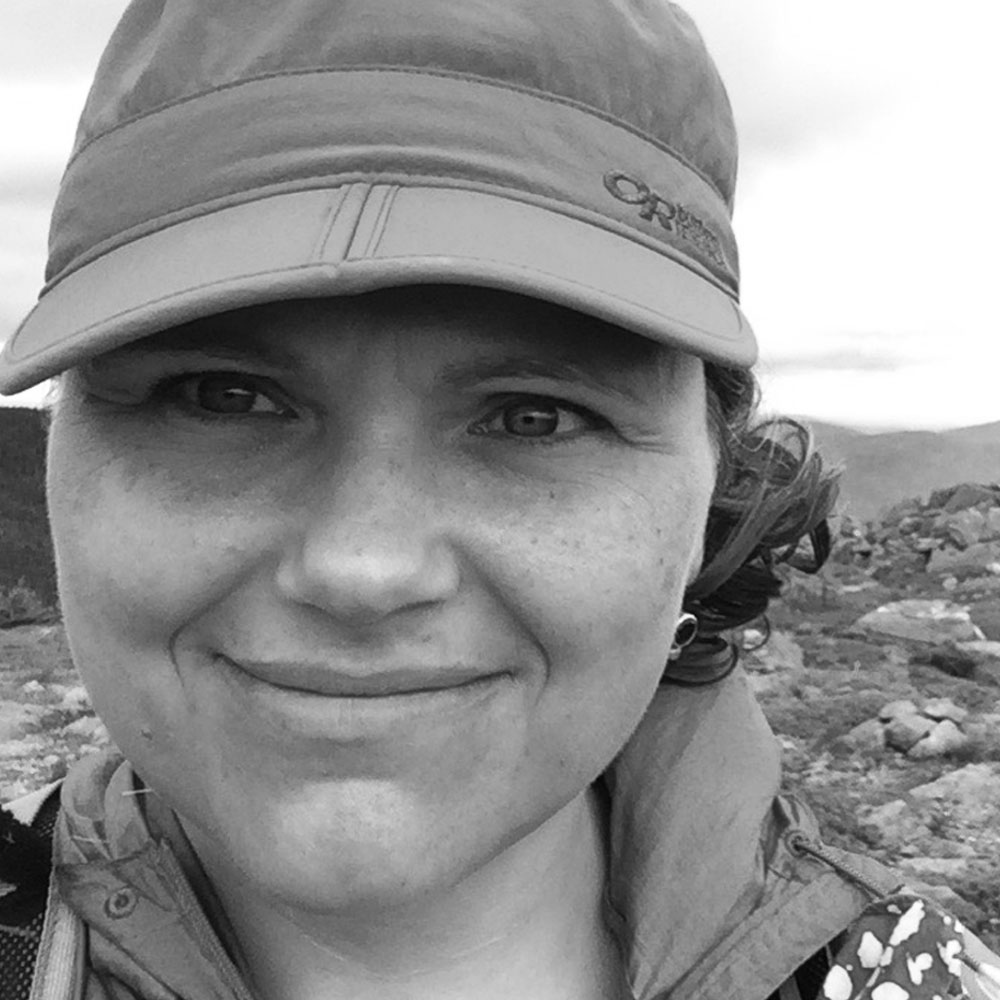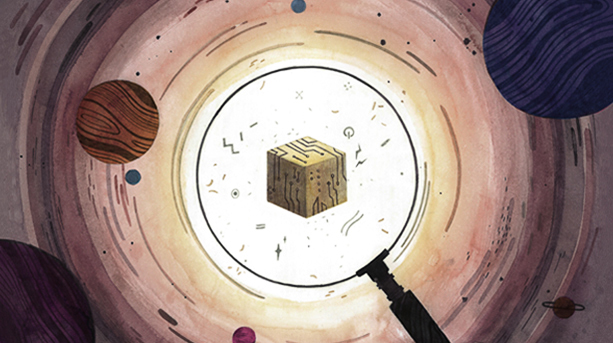Introduction
In September 2014, Christa Schleper embarked on an unusual hunting expedition in Slovenia. Instead of seeking the standard quarry of deer or wild boar, Schleper was in search of Lokiarchaeota, or Loki, a newly discovered group of organisms first identified near deep-sea vents off the coast of Norway. The simple, single-celled creatures have captured scientists’ interest because they are unlike any other organism known to science. They belong to an ancient group of creatures known as archaea, but they seem to share some features with more complex life-forms, including us.
Though little is known about Loki, scientists hope that it will help to resolve one of biology’s biggest mysteries: how life transformed from simple single-celled organisms to the menagerie of complex life known as eukaryotes — a category that includes everything from yeast to azaleas to elephants. “Next to the origins of life, there’s probably no bigger mystery in the history of life,” said John Archibald, an evolutionary biologist at Dalhousie University in Nova Scotia.
The jump from single cells to complex creatures is so puzzling because it represents an enormous evolutionary gulf. “How do you make a eukaryote, that’s a big question,” said Schleper, a microbiologist at the University of Vienna in Austria. “It’s a huge transition.”
Though single-celled organisms blanket the Earth and are capable of impressive biochemistry — some can eat nuclear waste, for example — their structure and shape remain simple. Cells from animals, plants and fungi, which make up the eukaryotes, are much more sophisticated. They possess a suite of features lacking in their simpler brethren: a nucleus that houses DNA; an energy-producing device known as the mitochondrion; and molecular architecture, known as the cytoskeleton, that controls cell shape and movement.
Most biologists agree that at some point around two billion years ago, one featureless cell swallowed another, and the two began to work together as one. But the details of this process — whether this symbiosis jump-started an evolutionary process, or whether it happened midway along the path to eukaryotes — continue to drive huge disputes in the field. One group theorizes that eukaryotes emerged in a rapid burst, driven by the acquisition of the cellular energy factories known as mitochondria. Others propose a slower, stepwise process. They say that mitochondria couldn’t have developed in simple cells; some level of complexity must have evolved before mitochondria came onboard. The debate has grown so heated that members of each camp no longer attend the other’s conference sessions.

Since biologists can’t travel back in time, they search surviving life-forms for clues. But no detectable intermediates between ancient, single-celled life and early eukaryotes exist, making it nearly impossible to reconstruct the order of evolutionary events. “When something only happens once, it’s hard to grapple with the problem,” Archibald said. “We’re left studying the DNA sequence of modern organisms and trying to piece it together.”
Enter Loki, which some scientists have dubbed a microbial missing link. It is descended from an ancient lineage and is a simple organism with patches of apparent complexity. Genetic analysis places Loki squarely within the single-celled archaea. But it possesses an intriguing collection of genes that look as though they would be more at home in eukaryotes, rather like modern words dotting a medieval manuscript. In fact, Loki’s genetic machinery suggests that the organism might be able to engulf other cells, the first step in the creation of mitochondria. “These genes could have provided a starter kit for eukaryogenesis, the emergence of eukaryotes,” said Thijs Ettema, a microbiologist at Uppsala University in Sweden who first described Loki in collaboration with Schleper in Nature last May.
Loki thus outlines a new potential origin story for eukaryotes, one that walks a middle path between the two extremes. Mitochondria may have been born early in the evolution of eukaryotes. But that first mitochondrial host may have already possessed some sophisticated features, most notably the ability to engulf other cells. “It hints that [the Loki] are stepping-stones to eukaryotic complexity,” Archibald said.
Schleper, Ettema and others are now searching for new varieties of Loki, hoping to find some that are even closer to eukaryotes on the evolutionary tree. Schleper’s expedition to Slovenia was part of this ongoing hunt. The trip was successful, though she is reluctant to reveal the details for fear of being scooped. Like a prospector for gold, she has her own secret methods for figuring out the most promising sites for finding Loki. Yet her discoveries are even more precious — they promise to illuminate the mystery of how complex life began.
Mitochondrial Merger
Eukaryotes have a number of innovations compared to their more primitive archaeon ancestors. Most notable among them are the nucleus, which houses vastly more DNA than bacteria and archaea can accommodate, and the mitochondrion, which provides the energy to manufacture the many proteins produced by that genome.
Both the nucleus and the mitochondrion reflect a remarkable merger that took place early in eukaryotic life. At some point, an archaeon or a primitive eukaryote engulfed a bacterium, developing a symbiotic relationship. Against all odds, the two organisms became irreversibly intertwined. The resident bacterium became more and more dependent on its host cell, surrendering the vast majority of its genes, some of which ended up in the nucleus. The result was a singular development in the history of evolution that birthed the mitochondrion.
“A single event in four billion years of evolution sculpted the whole future evolution of eukaryotes — that’s kind of freaky,” said Nick Lane, a biochemist at University College London. “Chances are that it would go wrong, because the two organisms have to figure out how to get along and to synchronize their life cycles.”
Exactly how and when mitochondria came onboard is one the biggest controversies surrounding the origin of eukaryotes. Did mitochondria emerge early on, or did eukaryotes develop gradually over time, acquiring mitochondria somewhere along the way?
“The field really is hung up over the question of whether the bulk of eukaryotic cellular complexity arose before, during or after the evolution of mitochondria,” Archibald said. The debate is so intense that when Ettema began to explore this question, colleagues told him it would be career suicide.

The first option, called the big-bang or mitochondria-early theory, predicts that a primitive archaeon engulfed a bacterium, an event that drove the development of eukaryotes. But it’s unclear how the archaeon could have picked up that bacterium. Scientists know of only two cases where bacteria live within other bacteria. (Eukaryotes, on the other hand, frequently harbor symbiotic bacteria.) “That’s one of the biggest hurdles faced by the mitochondria-first scenario,” said Eugene Koonin, an evolutionary biologist at the National Center for Biotechnology Information in Bethesda, Md.
The second option, sometimes called the slow-drip or mitochondria-late theory, posits that proto-eukaryotes had already begun to develop complex features — particularly the ability to engulf prey — when the mitochondria came onboard. According to this theory, the most ancient eukaryotes should lack mitochondria.
Evidence once seemed to point toward this option. For example, a number of parasites, such as giardia, are missing mitochondria. Scientists initially thought that these parasites never had the organelle. But in recent years, it’s become clear that these organisms simply lost their mitochondria over the course of evolution.
The discovery of Loki opens a sort of middle ground between the two groups. Here is a relatively simple cell that might have the machinery for engulfing bacteria, the first step in the creation of mitochondria. Loki has a number of genes typically found in eukaryotes, including genes linked to the dynamic, shape-shifting cytoskeleton. In eukaryotes, these genes enable the cell membrane to change shape. Amoebas, for example, change shape both to move and to engulf prey. “This is a very eukaryotic-specific process, and for the first time, we found them in an archaeon,” Ettema said. “This was very exciting.”
“An archaea with these features, such as a cytoskeleton, certainly makes [the mitochondria-early] scenario more palatable than it was before,” Koonin said.
Sight Unseen
The Loki discovery comes with one major caveat: So far, no one has ever seen one. Scientists can’t yet grow them in the lab. All they can do is isolate their DNA and try to infer what it does. “We have to be clear, we don’t know what it looks like,” Archibald said. “Their biology is being pieced together from genomic data.”
In the world of microbiology, that’s not unusual. The vast majority of microbes can’t be grown on demand, so scientists study them by analyzing and comparing their DNA. “That’s what we do in microbiology, we make predictions from genomes,” Schleper said. “[The Loki] for sure have something very special in their membranes.”
The precise nature of that special something is still unclear. Archibald and others caution that though Loki has genes that are involved in membrane remodeling in other organisms, no one knows for sure that they perform the same function in Loki. Perhaps they do something different in these simpler organisms, and membrane remodeling evolved later.
Lane, for one, is unconvinced that Loki can engulf other microbes — without a mitochondrion, he says, it simply lacks the power. “It costs a lot of energy to become large, to move around and engulf and digest cells,” Lane said. In modern cells, that process involves 1,000 genes, all of which cost a lot of energy to produce, he said.
Schleper and Ettema are working hard on growing Loki in the lab, but culturing it has proved extremely difficult. The original samples were excavated from the deep sea, where oxygen is scarce and the organisms’ metabolism is extremely slow. Some estimates predict that the creatures that live there divide only once every 10 years. Moreover, these sediment-dwelling Loki are adapted to the extreme environment at the bottom of the ocean, so bringing them to the surface is likely a death sentence. To get them to survive, “you have to be very careful and lucky,” Ettema said.
Fortunately, the researchers have discovered that Loki also inhabits less alien environments, and they expect samples from those sources to prove easier to grow. Since their initial discovery, Schleper and Ettema have found that Loki are more common than anyone expected. They have since identified new variants in a number of environments: hot springs, shallow marine sediments, rivers, even the permafrost. “It’s like an Easter egg,” Ettema said. “We don’t know what we’re going to find, but every new genome has something in it.”
Part of the challenge in finding Loki samples is that they tend to be few in number, a rare figure in local microbial ecosystems. That might explain why they remained undetected for so long. Moreover, Schleper said, the methods used to survey microbial diversity aren’t well suited to detecting archaea in general.
Ettema is optimistic that they will figure out how to grow Loki in the lab. But he cautions that observing live Loki might not resolve questions about its ancestral abilities. Present-day Loki may be very different from the ancient versions that gave rise to eukaryotes. Even if modern Loki can engulf bacteria, that doesn’t prove that ancient ones did. It has had 2 billion years to evolve — a length of time that saw the emergence of humans from single-celled organisms. “People overstate a bit what we’ll know from culturing it,” Ettema said.
Even if Loki doesn’t solve the mystery of our ancient origins, its discovery shows just how much biological diversity remains to be unearthed. Perhaps the next discovery will be a eukaryote with no history of possessing mitochondria. Or perhaps it will be an archaeon with signs of a symbiotic bacterium living within. “It emphasizes just how much novelty we can find by sequencing the genomes of organisms that can’t be grown in the lab,” Koonin said. “Chances are that more is going to be discovered, discoveries that can be dramatic and crucial for our understanding of biology.”
This article was reprinted on ScientificAmerican.com.





